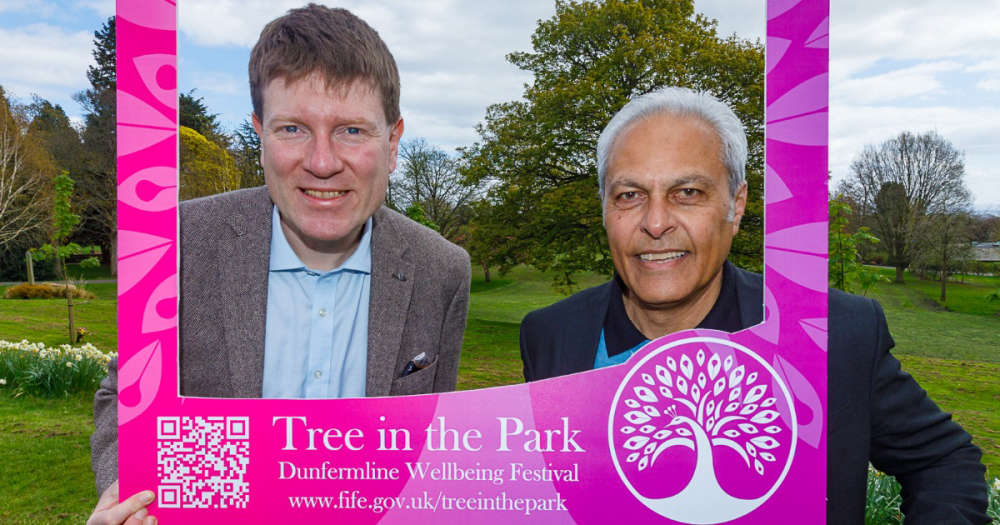
New analysis highlights workload pressure and stress in the higher education sector.
A new analysis has highlighted that Scotland's university lecturers face heavy workload pressures, high levels of work-related stress and occupational specific stressors based on university management practices. The findings, partly based on a survey carried out by Scotland's largest teaching union, the Educational Institute of Scotland (EIS), indicate that teaching staff in the university sector have lower levels of wellbeing and satisfaction compared to overall scores of those working across all sectors of education.
Some of the factors which contribute to lecturers' wellbeing scores include concerns over management and leadership in their institution, as well as significant workload pressures and a lack of access to appropriate professional development.
Key findings from the EIS-ULA Report: Workload and Workplace Stress include;
The two aspects of work that gave the most stress for EIS-ULA members in universities were; 'workload' (42%) and 'dealing with management' (23%). EIS members in all education sectors gave 'dealing with the management' a 10% response, thus reflecting that HE staff find dealing with management more stressful than other education sectors.
Only 14% of EIS-ULA members stated that their University made 'quite a lot' or 'all' use of collegiate (management) practice and only 15% of EIS-ULA members stated that their University used a distributive leadership model. These numbers are far lower than other education sectors, despite the fact universities might be expected to be more collegiate than other educational institutions.
When EIS-ULA members were asked for their current stress levels, EIS-ULA members had a mean score of 4.0 which is higher than the whole EIS membership score for all education sectors (3.8). This result identified that 70% of EIS-ULA members gave a score of between 1-4, equating to the feeling 'extremely stressed' end of the scale. (Q13)
The EIS reviewed the 114 EIS-ULA member cases involving support over the last five years, and found that 77 of these cases involved allegations of bullying or allegations of management treating the complainant less favourably than colleagues i.e. 68% of cases.
The EIS also notes the increasing attention being paid to workplace psychosocial risks and how workplace stress may be exacerbated by poor workplace design or poor management.
Commenting, Dr Nick McKerrell, EIS-ULA President, said: "These findings demonstrate the pressures that many lecturers find themselves under during their everyday working lives. Heavy levels of workload, coupled with increasing concerns with university management practices, can lead to increased levels of work-related stress. Stress-related illness is one of the most significant risks to lecturers' health and wellbeing, with serious consequences for both individual lecturers concerned as well as for the institution and the students that it serves."
Dr McKerrell continued: "The EIS is currently mounting a national campaign, across all sectors of education, with the key aims of tackling excessive workload and improving staff health and wellbeing. While EIS-ULA members working in the Higher Education sector may face different workload challenges than our colleagues in the other education sectors, it is clear that the pressures lecturers face are no less severe and, in some cases, are contributing to excessive levels of stress and related health problems."
Larry Flanagan, EIS General Secretary, added: "The EIS would urge all employers in the higher education sector to work constructively with staff representatives to tackle the problem of excessive workload and to reduce instances of work-related stress. It is in everyone's interest, staff, students and the institutions themselves, to create a work environment that is conducive to learning and teaching for the benefit of all students and staff."


 Closures on A92 from TONIGHT for roadworks
Closures on A92 from TONIGHT for roadworks
 Queensferry Crossing diversion trial a success
Queensferry Crossing diversion trial a success
 ‘Tree in the Park’ festival promotes wellbeing in Dunfermline
‘Tree in the Park’ festival promotes wellbeing in Dunfermline
 11°C
11°C
 14°C
14°C